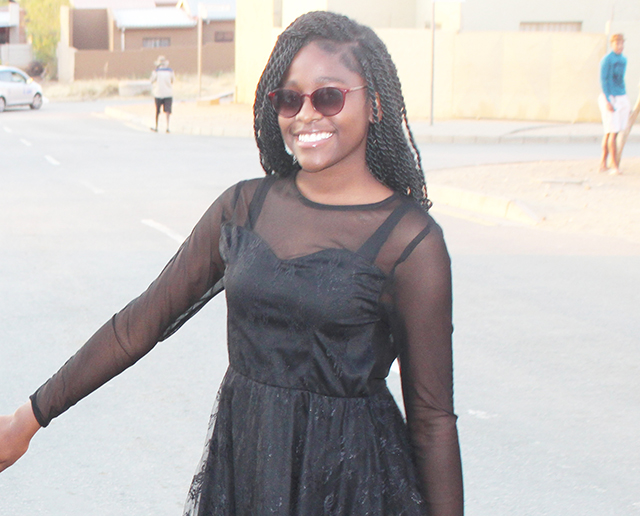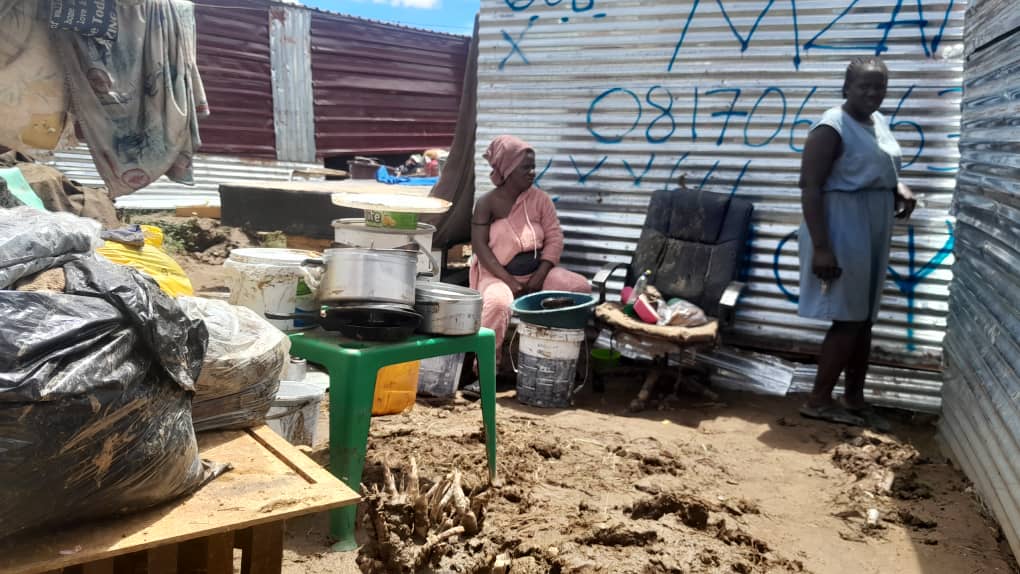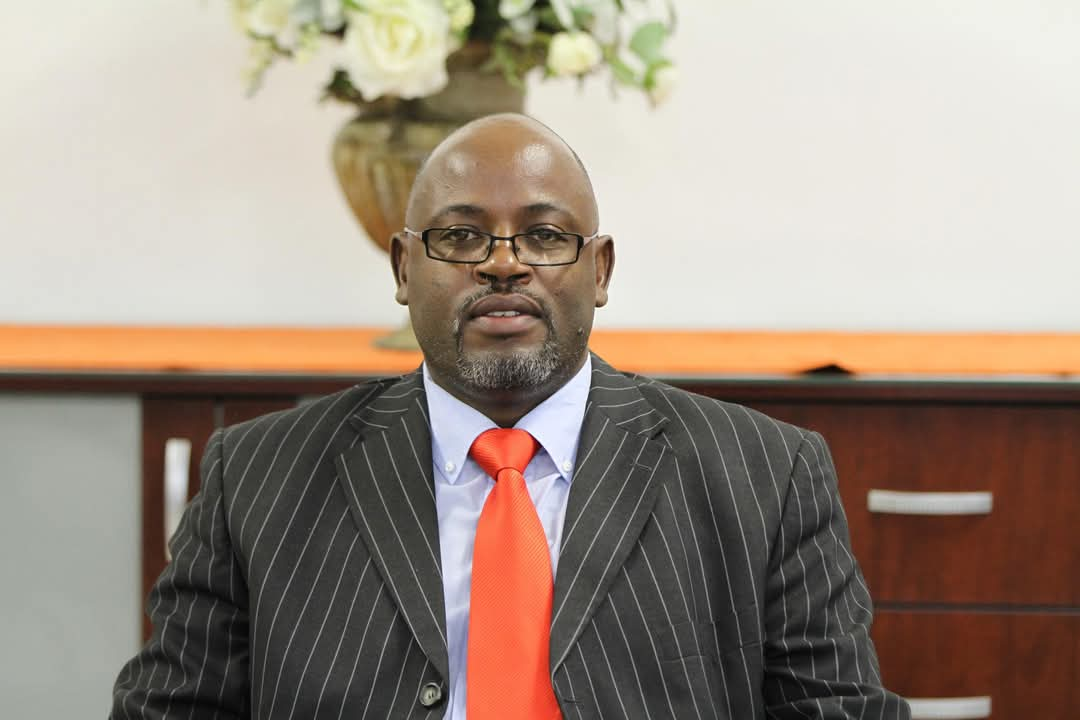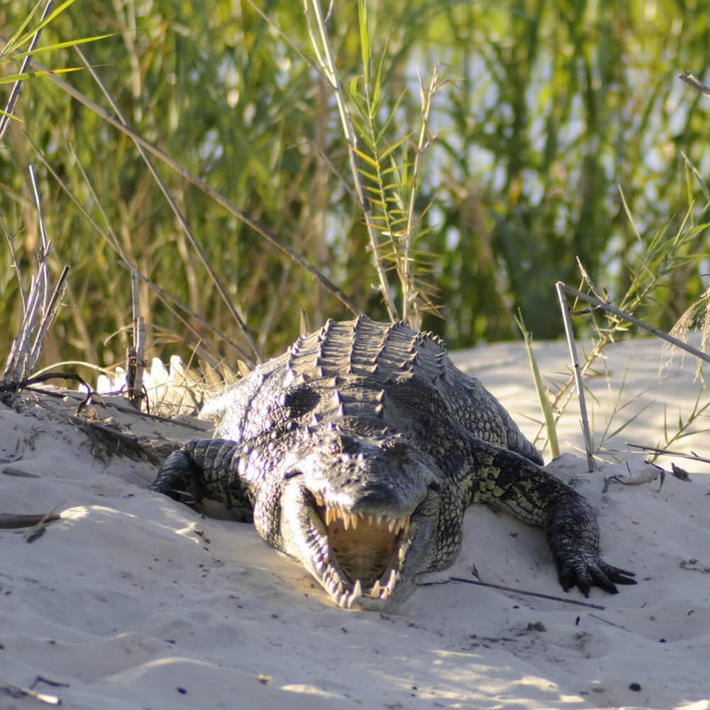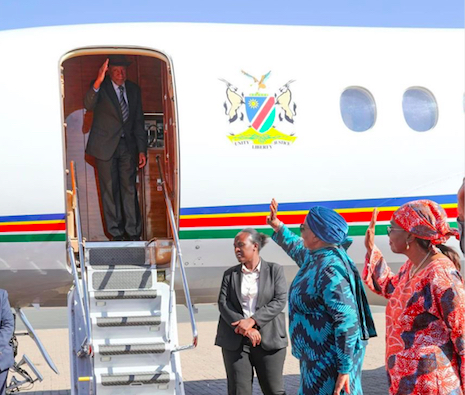AT four years of age, Ama Geingos could not live a normal and healthy childhood. While other children were playing and doing ‘child’ stuff, she was battling cancer.
She was diagnosed with advanced acute lymphocytic leukaemia on 24 May 2007 – a common type of cancer found in children, which affects the body’s blood-forming tissues.
For four long years, she spent much of her time in and out of hospital, isolated from her school play mates and other children. Ama, now 16, understands and talks about her journey. Although she is still being closely monitored, her condition has been in remission for the past six years.
The cancer survivor opened up during a recent interview with The Namibian, and detailed her battle with the affliction.
“I had no clue as to what it was. I felt sad because I didn’t understand why I had to go through it; I didn’t think life would be so painful,” she said.
Ama felt confused as a child going through various intensive treatment methods.
“Chemotherapy is a very difficult treatment. It felt really confusing because it is difficult when you don’t understand why you are getting so many injections,” she explained.
She said she could not play with certain toys, because of how susceptible she became to catch a bacterial infection.
Also, she was prohibited from going into public places at times. Although she went to a public school, she was under special care, which led her to being isolated from other children.
“I always had to explain my story, and why I did things the way I did them,” she added.
Post-chemotherapy, she still has had health problems. She had a liver infection, hepatitis B, high cholesterol and chronic constipation as well as severe migraine – all as after-effects of the cancer.
Roelien Geingos, Ama’s mother, said she did not understand what leukaemia was at the time. Recalling her daughter’s symptoms a few weeks before she was diagnosed, Geingos observed changes in her behaviour.
“She just started losing strength. I cannot say she was losing weight, because she was not a big baby, even though she had a big bone structure,” she noted.
Geingos said she knew something was not right when she observed Ama and her younger sister playing a game. Her sister, trying to run away from Ama, went on to close a door. Ama, who was on the other side, tried to push it open, but her young sister overpowered her.
“We took her twice to a general practitioner, who said she may be picking up a fever, and just gave her the normal stuff. In the same week, we went back again, where he simply checked her and said she does not have a fever, but her eyes looked weak,” she explained.
The following week, the family took Ama to a paediatrician, who took blood samples as he realised that something was not right.
“She was having blood stains on her teeth, was off-balance, and could not walk straight,” she noted, after which the doctor examined additional symptoms.
Soon afterwards, another paediatrician ordered her admitted to the hospital immediately. After her admission, Geingos received a call: the results showed that her daughter had leukaemia – something she knew nothing about at the time.
Ama’s blood cell count had been taken over by the cancer cells. She also bled through her stools. For three-and-a-half months, Ama received intensive treatment at the Red Cross Children’s Hospital in Cape Town. She was treated for four years until 2011. Throughout her treatment, she had to be isolated, she could not go to school at times or play with other children, not even her sister. Whenever she picked up a virus, she was admitted to hospital.
“I feel so inspired. Imagine, I was diagnosed with stage four cancer, but I survived,” she beamed.
Today, the teenager uses her story to educate and inspire others, as well as to destigmatise the disease. She works with children battling cancer at the cancer ward of the Windhoek Central Hospital.
She still feels there is a large gap in cancer awareness.
“I know what it feels like to give up hope,” she continued.
The leukaemia cells are carried in the bloodstream to other organs and tissues, including the brain, liver, lymph nodes and testes, where they continue to grow and multiply.
The growing, dividing and spreading of these leukaemia cells may result in a number of possible symptoms.
Other potential signs and symptoms of ALL may include bleeding gums, frequent infection, nosebleeds, easy bruising; swollen lymph nodes around the neck, underarm, stomach or groin; shortness of breath, and weight loss.
Stay informed with The Namibian – your source for credible journalism. Get in-depth reporting and opinions for
only N$85 a month. Invest in journalism, invest in democracy –
Subscribe Now!



